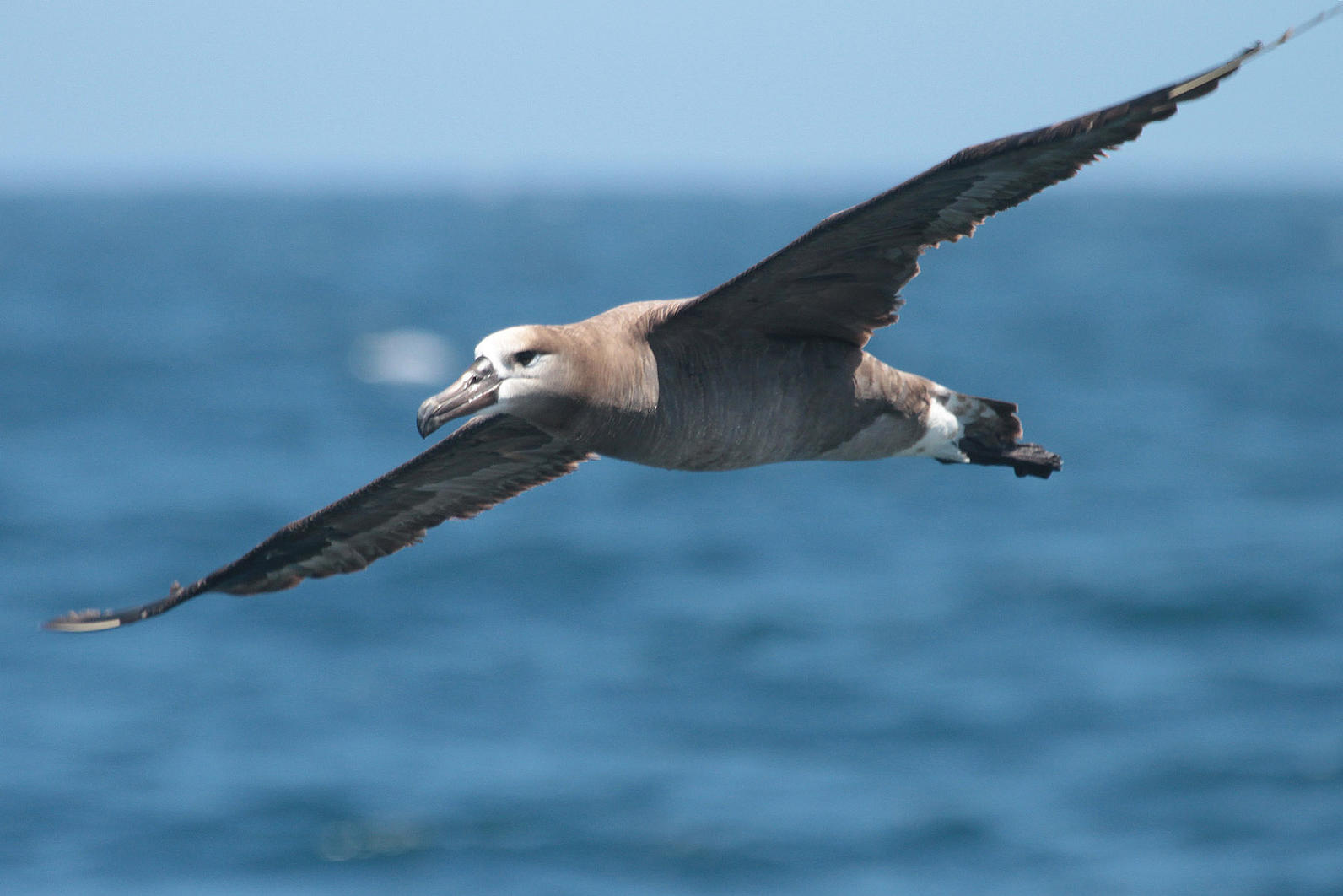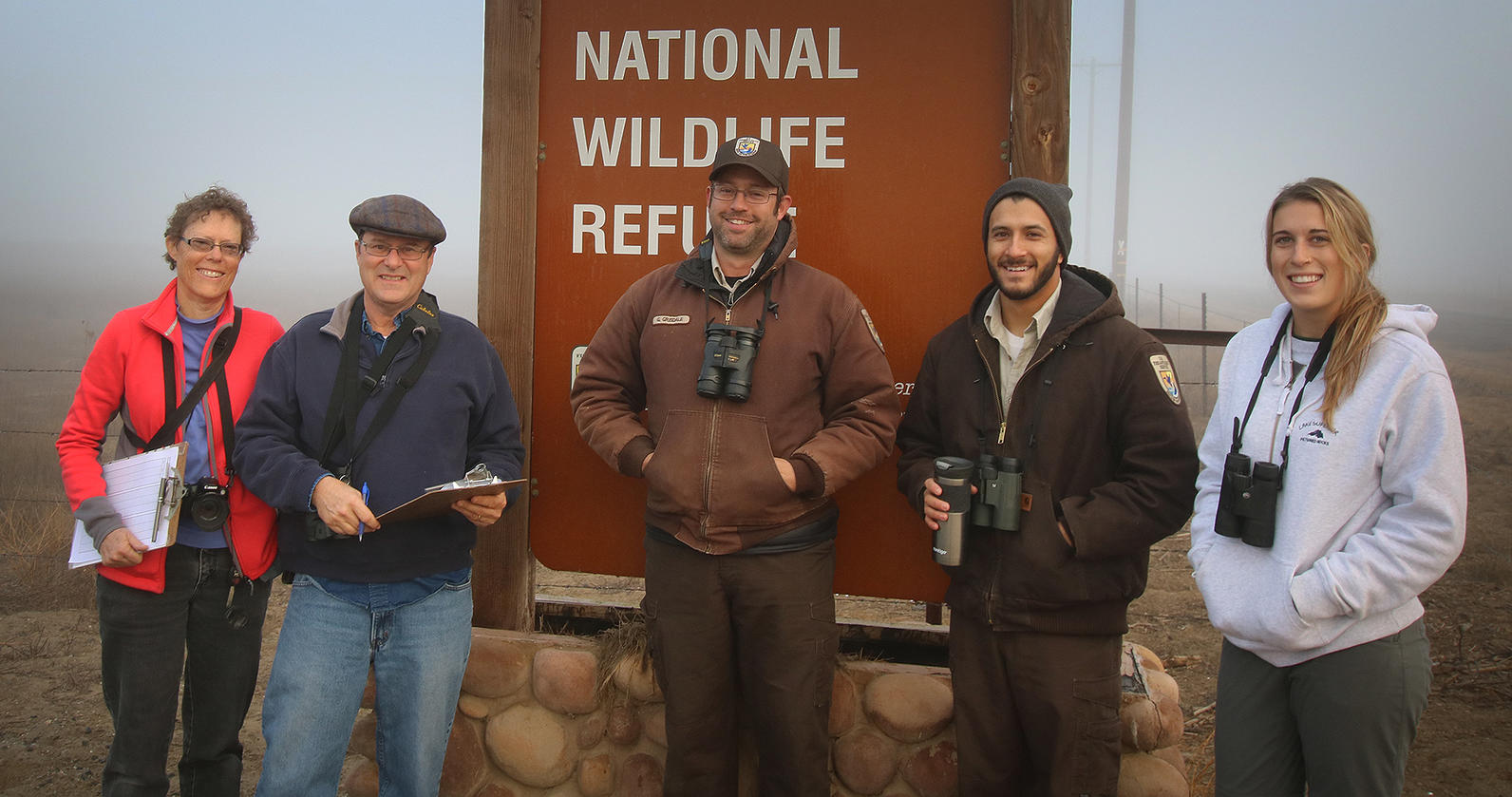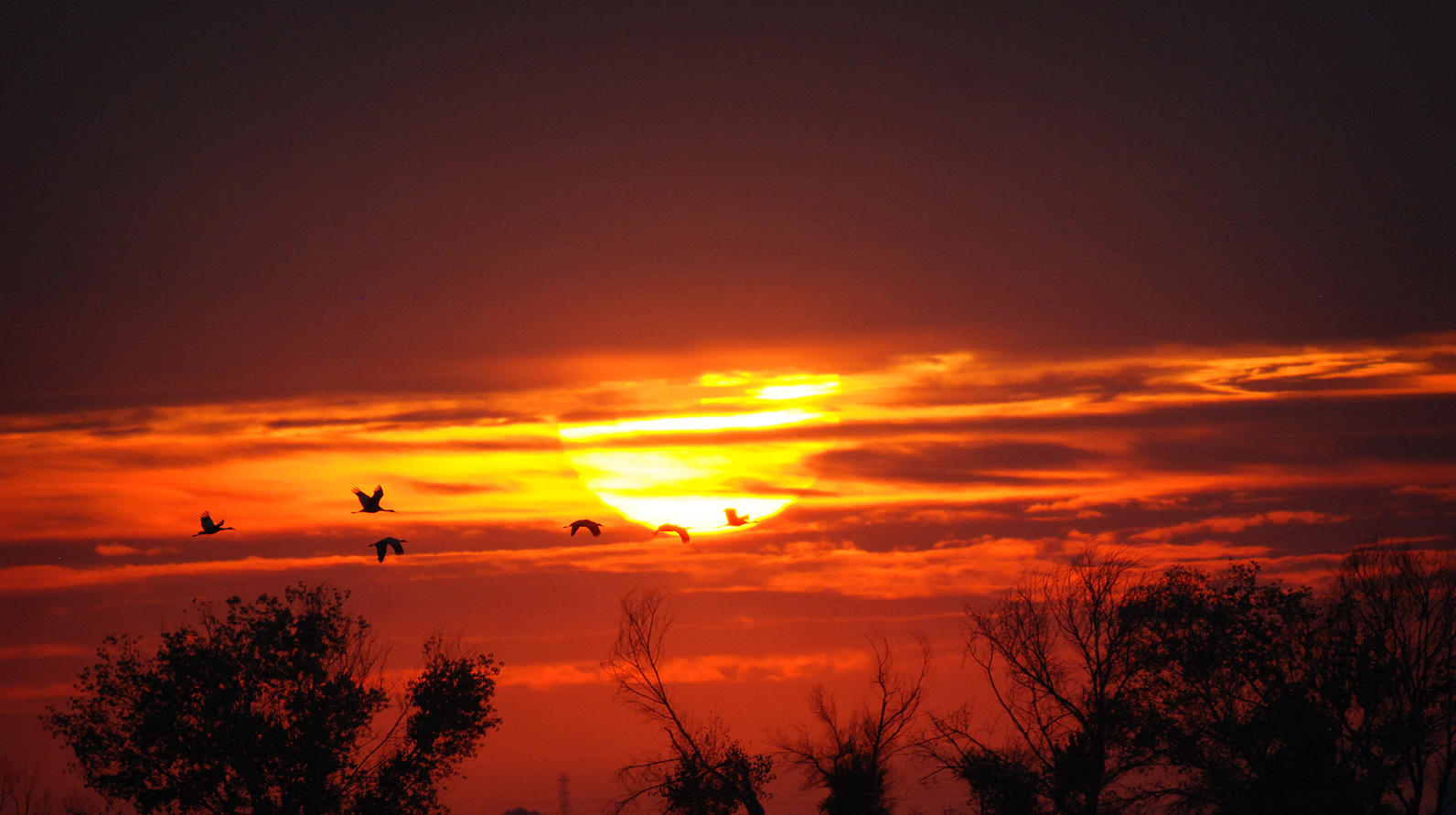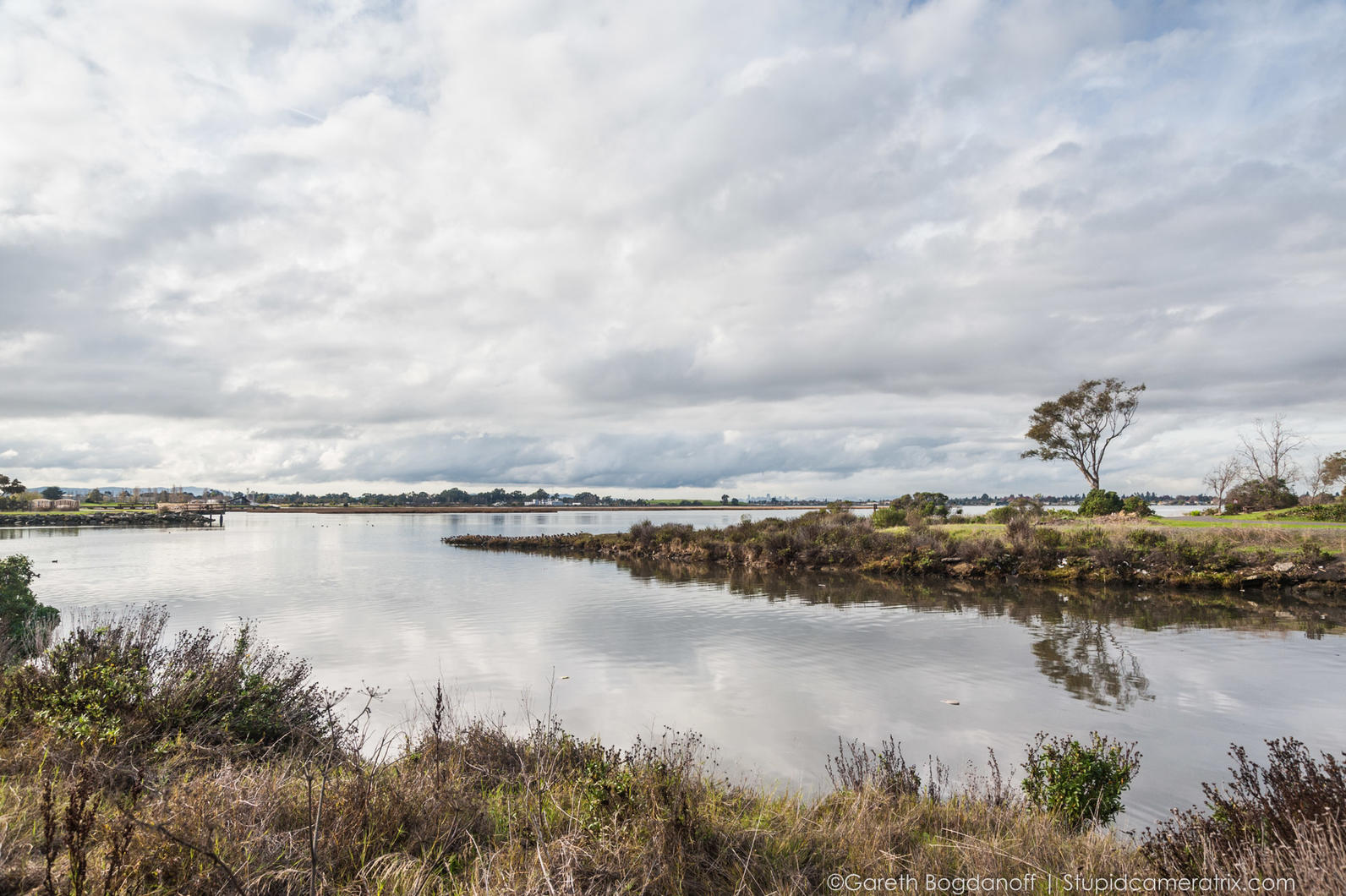Latest News and Updates from Audubon in California
California Condor. Photo: Scott Frier/USFWS
Ventura Audubon Society and the Oxnard City Corps have been hauling tons of invasive plants miles and removing and erecting new fences to prepare Ormond Beach for Western Snowy Plover nesting season. This Ventura County Star article describes the hard work being done by a small group of dedicated people who are committed to giving the plovers a better chance at raising their young this year.
Cynthia Hartley, a biologist and the Vice President of Ventura Audubon, has been working with plovers for over 20 years. She has seen firsthand the challenges these little birds have to overcome every breeding season. "They're so tenacious. It's amazing everything they put up with," she said. "If we can protect them even a little bit, they'll come back and nest."

Audubon California was a strong supporter of California's Marine Life Protection Act and the protected areas it created up and down the California coast. And so we're not surprised to learn that a recent report shows marine life bouncing back in these areas. Our own research has shown that when fish are healthy, so too are the marine birds that rely on fish for food.

For a group of volunteers -- including a few from Kern Audubon -- counting birds at the Pixley National Wildlife Refuge, the job starts at 6 a.m. And the birds don't always cooperate. This great post from our friends at the U.S. Fish & Wildlife Service describes the sights and sounds.
It was 6 a.m., and dark. The occasional beaming headlights illuminated the mist. A crew of five gathered at the main entrance of the Pixley National Wildlife Refuge, 45 miles north of Bakersfield, Calif., waiting for the thick fog to break, so they could do their jobs: count the number of birds on the refuge ...
Conducting migratory bird counts or biological surveys play a major role on refuges. From year-in to year-out, Service employees are collecting information about how wildlife are using the refuge.

As the Environmental Protection Agency signals its intent to roll back fuel standards for new vehicles, California officials are warning that any attempt to restrict its ability to set vehicle emissions standards will be met with fierce legal opposition:
Any decision to revoke California's federal waiver could spur a major legal fight, and the state has already retained former U.S. Atty. Gen. Eric H. Holder Jr. The state will "vigorously participate and defend ourselves" on setting the state's own air quality rules, California Air Resources Board Chair Mary Nichols said.
Automakers reportedly are pressuring the EPA to begin the process of limiting California's ability to set its own standards, which are widely adopted by other states, as well.
Audubon has made it a priority to ensure that our movement has a place for everyone, but we still have a way to go to make sure that everyone feels welcome. This recent article in Outside Magazine really hits the nail on the head, and even quotes Audubon President David Yarnold making this point:
"We need to operate differently, recruit differently, and hire differently. And to make that possible, we need to become the kinds of organizations that are truly open and inclusive, organizations in which people of all backgrounds see themselves represented, welcomed, and valued."
Here's a little more about what Audubon California is doing along these lines.

News of proposed budget cuts at the Environmental Protection Agency bode ill for conservation in San Francisco Bay and San Diego, as two major programs are on the chopping block.
In San Francisco Bay, the EPA looks to cut its entire $4.8 million budget for clean water and wetlands restoration programs. This is particularly bad news, as San Francisco Bay has never received a proportionate share of federal restoration funding.
Last year, residents of Bay Area communities approved Measure AA, which will raise about $500 million over the next 20 years for wetlands restoration. Leaders had intended to use this money to leverage greater investment from the federal government.
The EPA is also proposing to cut the $3 million it spent last year on cleaning up pollution in the Tijuana Estuary down to $275,000. This area is the last remaining large wetland in Southern California, and is an Important Bird Area. Endangered Ridgeways Rails and Light-footed Rails make great use of the area.
In addition to cuts specifically targeting California, we also learned of proposed cuts that will go into effect nationwide, but will certainly impact things we Californians care about, such as gutting programs that test coastal water quality, educate our children about nature, address climate change, and reduce pollution in communities suffering the most.
Please raise your voice against these cuts by sending an email to your members of Congress.
Our newsletter is fun way to get our latest stories and important conservation updates from across the state.
Help secure the future for birds at risk from climate change, habitat loss and other threats. Your support will power our science, education, advocacy and on-the-ground conservation efforts.
Join the thousands of Californians that support the proposed Chuckwalla National Monument.